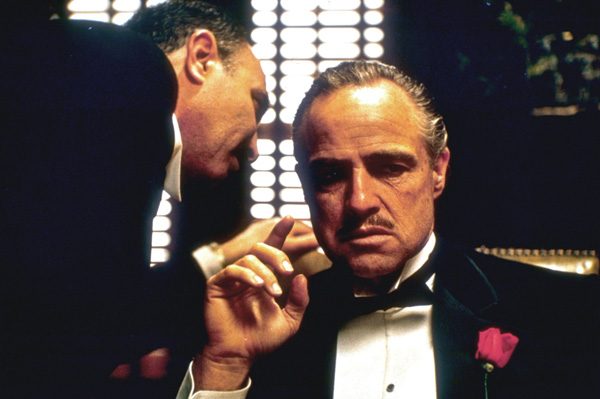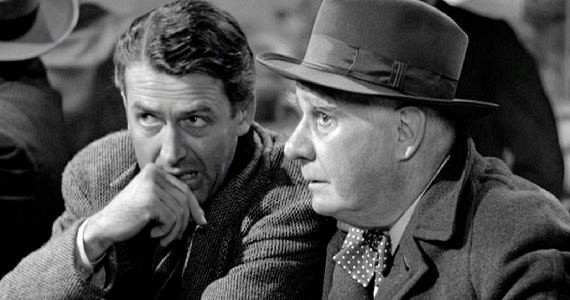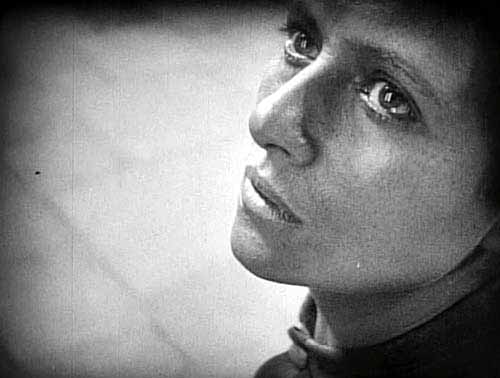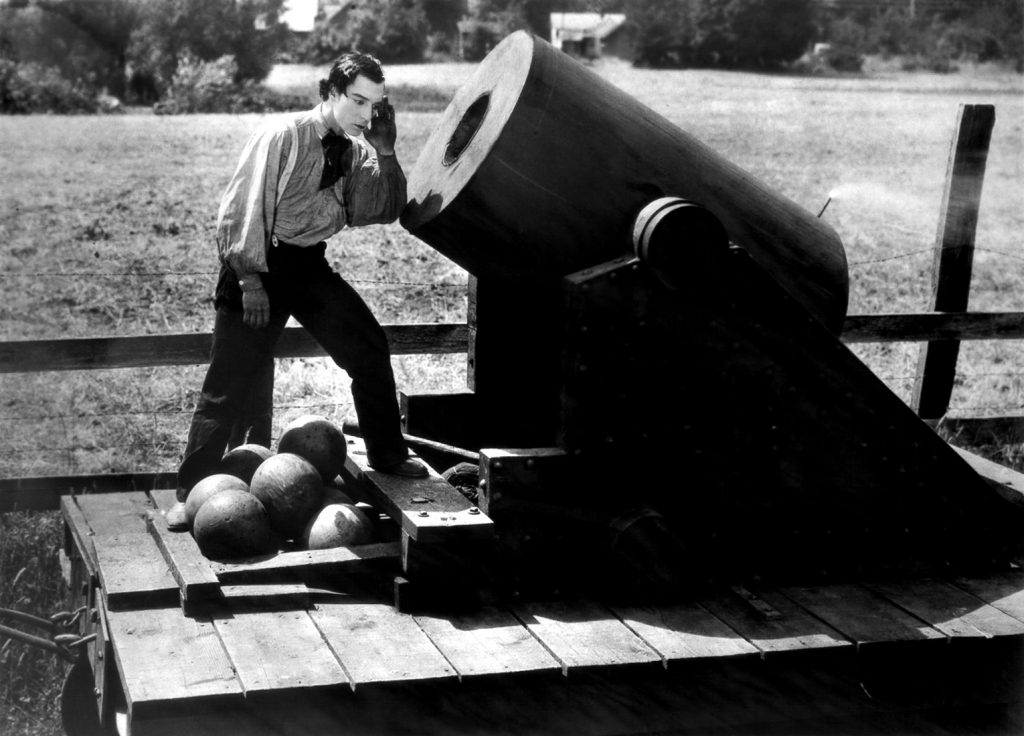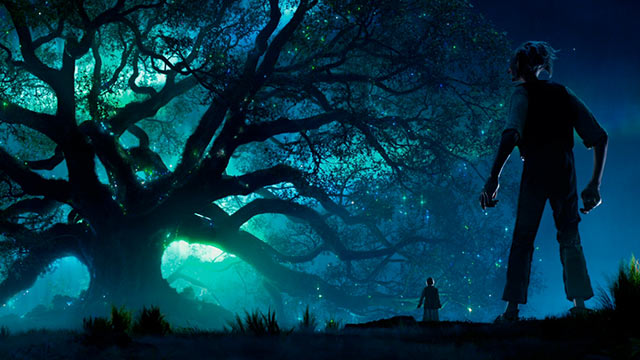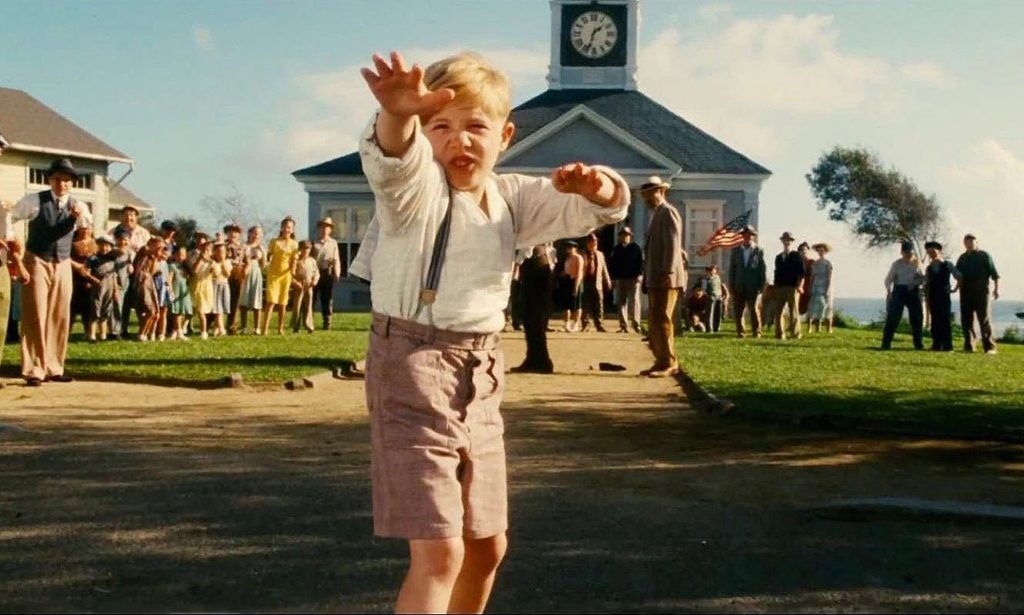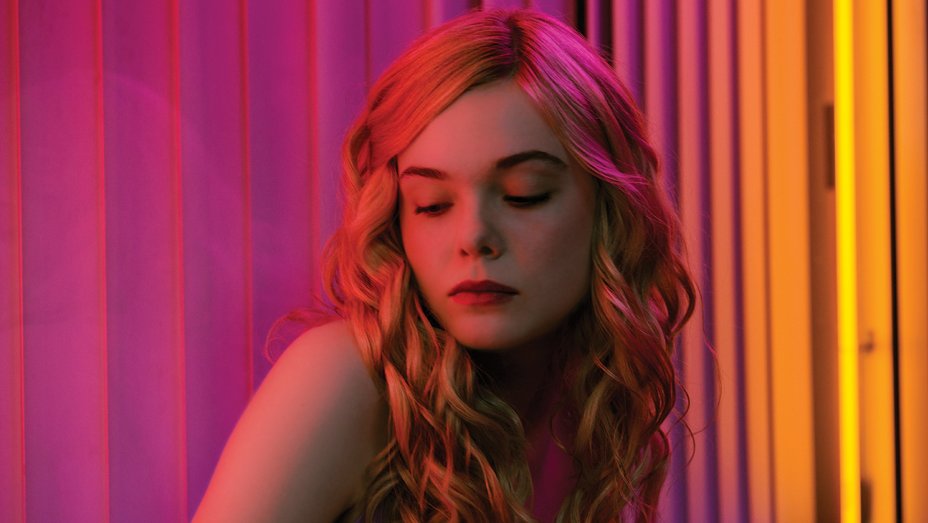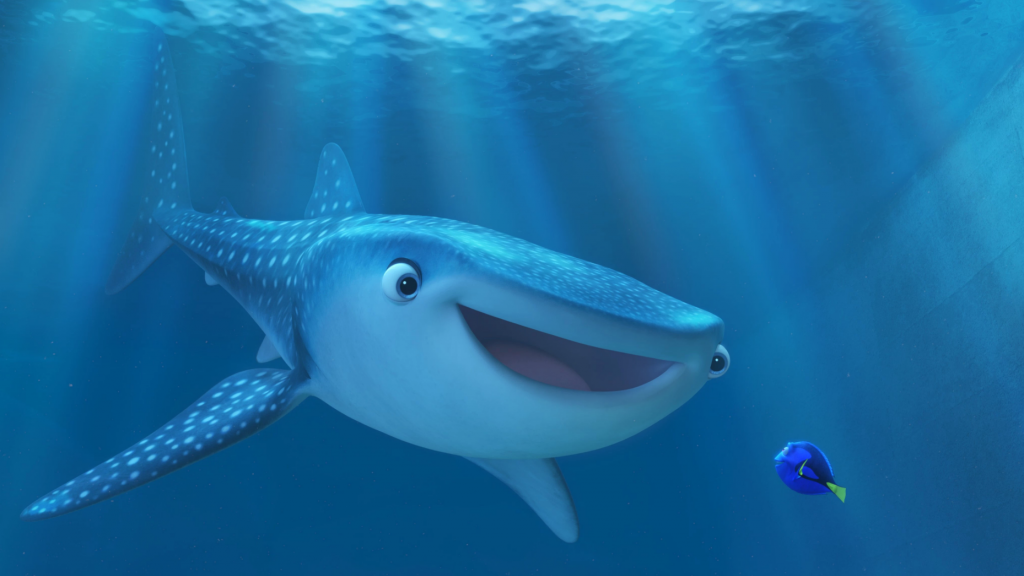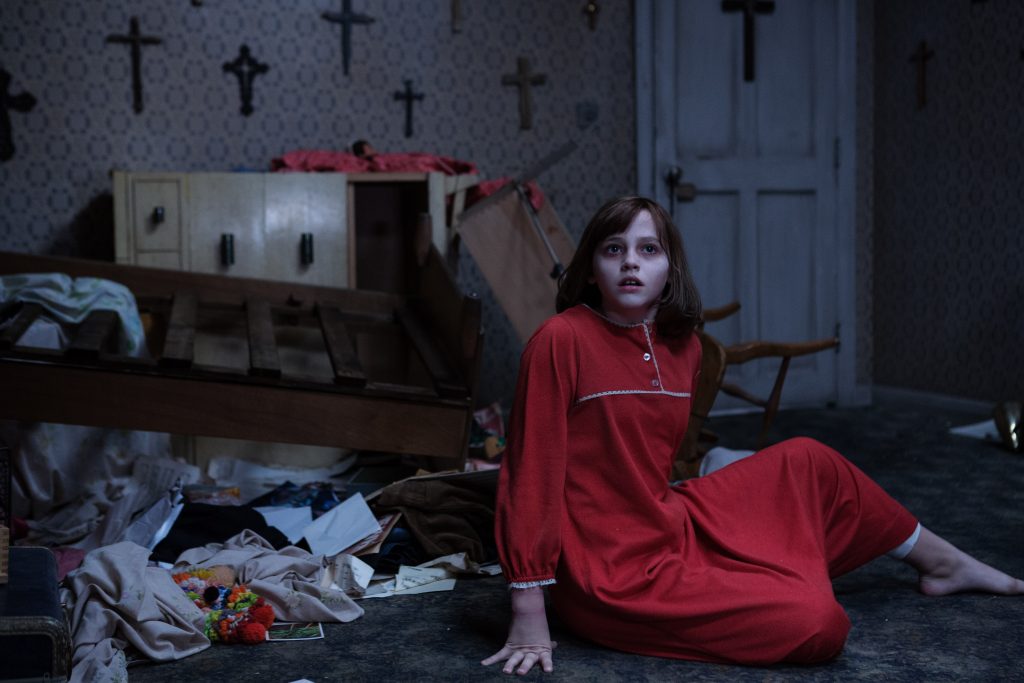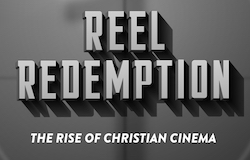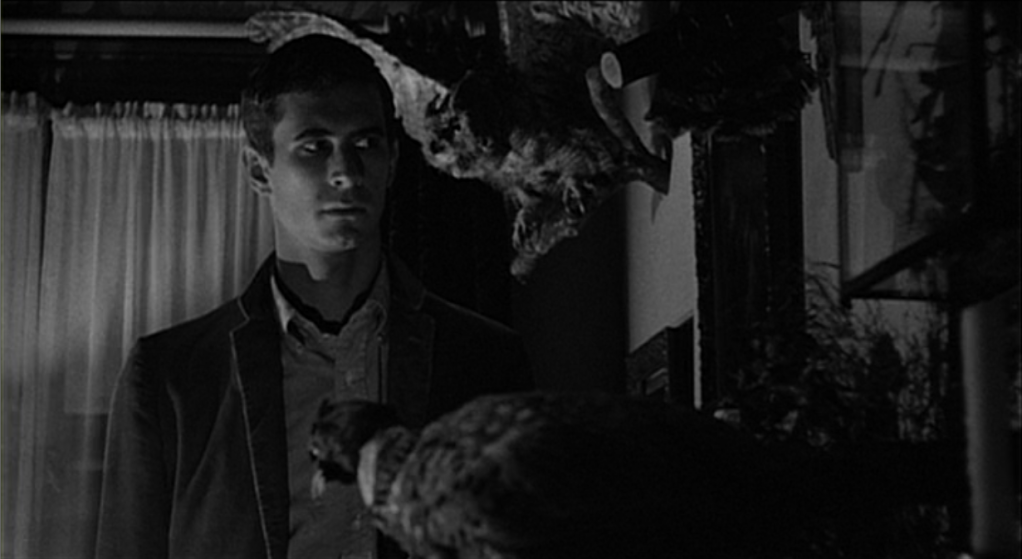
dir. Alfred Hitchcock
I first saw Psycho when I was six years old.
I saw it before I knew anything about it. I saw it before I knew the fate of poor Marion Crane. I saw it without knowing what was really going on with Norman’s mother. I saw it without the cultural significance and iconic legacy of the infamous shower scene bouncing through my head.
The movie affected me so deeply that it has never dropped lower than my top five favorite movies of all time. It terrified and thrilled me as a child. It fascinated and surprised me with its twists. To this day, I am still slightly anxious whenever I step into the shower.
But, chances are, you have either already seen Psycho or already know most of the cards in its cinematic deck. Initial audiences were not allowed to enter the theater after the film had begun, but audiences today are so saturated with Norman Bates references, spoofs, and clichés (not to mention a popular prequel TV show) that a recent viewing with my friend’s teenage son provoked laughter when Marion finally took that fateful shower, even though he had never seen the film before.
I understood, though. In today’s climate where the shock bar for violence in horror films has elevated beyond the stratosphere, that shower scene’s restraint and calculated editing is seen by fresh audiences as a step backwards instead of as the groundbreaking, daring, and horrifying moment its first audiences found it to be.
It’s difficult to appreciate, apart from the observational distance of a museum patron examining a Rembrandt, just how influential and important Psycho is to horror cinema and to films in a broader way. The atypical narrative shift, the defiance of traditional protagonist treatment, the skin-of-its-teeth censorship approval, and the overly talkative final moments where everything is explained could be seen as detriments to the film’s impact rather than defining characteristics of it.
So my opinion is that the ideal time to watch this movie is when you’re 6 years old. If 6 sounds offensively young, then pick your own more appropriate age when your mind isn’t geared to watch for twist endings and your heart still trusts that things are gonna work out ok for all the good guys.
Because in 1960, Alfred Hitchcock — a director who had come to be known for sweeping suspense adventures and lavish mystery thrillers — focused his storytelling powers on a much more intimate and vulnerable tale about a woman who made one horribly impulsive decision colliding with a mother and her son whose secluded little world was a domestic venus fly trap. A director known for getting the heroes home safely put a lovely and impetuous heroine in the place where she’s most exposed and then unleashed a predator after her. He flipped the expectations on his standard “innocent man” trope and in the process shocked and horrified his audience, legitimized horror cinema, and created one of his most memorable and powerful masterpieces.

